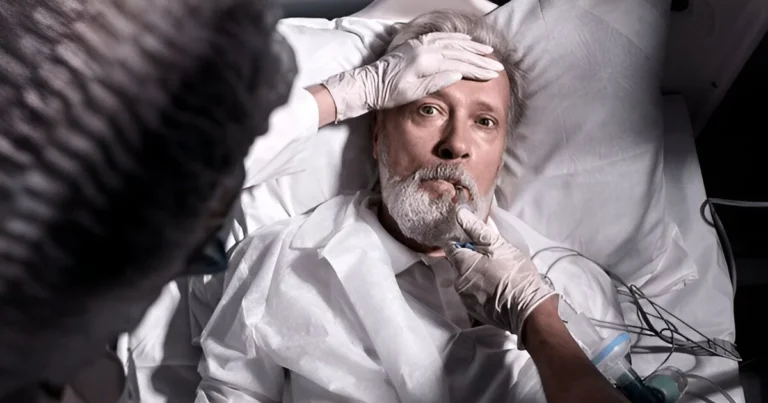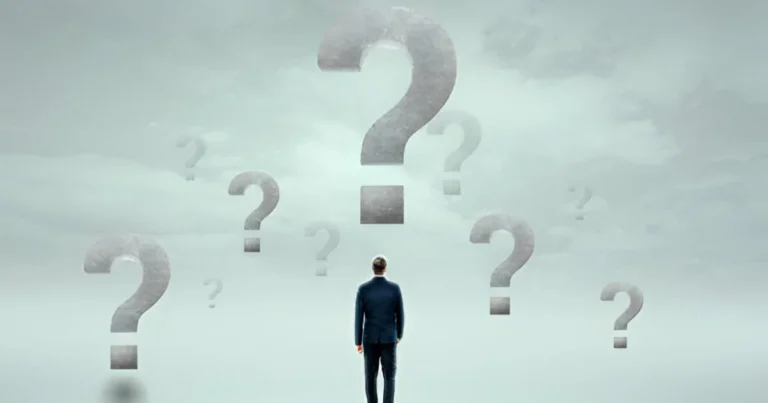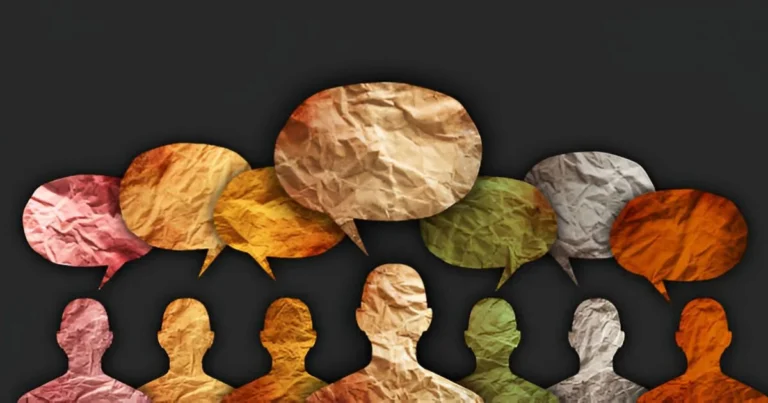Depression: The silent collapse of a society in crisis
Amid the deafening clamor of an ever-accelerating modern world, depression emerges as the shattered mirror of a society in crisis. It is not merely a chemical imbalance in our brains but the melancholic lament of a humanity subjected to relentless demands for performance, deepening inequalities, and creeping precarity. Behind every diagnosis lies the story of a person struggling, whether a parent crushed by conflicting societal expectations, a worker exploited by an unforgiving market, or a young adult whose future unfolds beneath the looming shadow of a planet in distress.
Stress and society: When the world leaves its mark on the brain
Beyond simple brain chemistry, our bodies bear the marks of an environment where chronic stress and injustice leave indelible traces. While the brain possesses an extraordinary capacity for transformation through neuroplasticity, adversity continuously erodes its resilience. Research published in Molecular Psychiatry (2022) reveals that children raised in disadvantaged conditions experience a 6 to 10% reduction in hippocampal volume, a direct consequence of persistent stress. Like an ill-fated sculptor, the brain loses its ability to regulate emotions under the weight of hardship. But the imprint of adversity is not limited to brain structures; it is also written into our genes. According to Nature Neuroscience(2020), early-life trauma, such as violence or neglect, modifies gene expression, increasing vulnerability to depression.
Social stress not only alters the brain but also inflames the body. A study published in JAMA Psychiatry (2021) found that individuals exposed to discrimination or precarity exhibit heightened levels of pro-inflammatory cytokines, such as IL-6 and TNF-α, which disrupt brain circuits governing motivation and cognition. This complex interplay between biology and environment extends even to the gut microbiome. Research in Nature Microbiology (2019) and Psychosomatic Medicine(2021) highlights the crucial role of gut bacteria in serotonin production. In a world where those most vulnerable often subsist on fiber-deficient diets, gut dysbiosis can increase the risk of depression by 20 to 30%. In light of these deep-seated mechanisms, antidepressants, particularly SSRIs, offer only partial relief. Their effectiveness, estimated between 40 and 60% according to World Psychiatry (2022), remains limited, as they target symptoms rather than the social fractures eroding the very foundation of well-being.
The depressed society: how the modern world fuels mental exhaustion
In an era where performance has become an imperative, society itself seems gripped by a form of collective depression. The World Health Organization estimates that 5% of the global population suffers from depression, a figure that has surged by 25% since 2017. Neoliberal economies impose an unrelenting demand for productivity, turning daily life into a relentless race where rest is a luxury. This pressure manifests acutely in the digital labor sector, where algorithmic surveillance ruthlessly penalizes even the slightest delay, fostering a climate of perpetual anxiety.
At the same time, digital spaces, intended to foster connection, have paradoxically deepened social isolation. A JAMA(2019) study found that just three hours of screen time per day increases the risk of depression in adolescents by a factor of 1.7. Platforms like TikTok and Instagram feed an insatiable need for validation, undermining self-esteem, a phenomenon confirmed by internal Meta documents in 2021.
Adding to this social and professional strain are global crises that amplify collective despair. The COVID-19 pandemic led to a 28% rise in major depressive disorders (WHO, 2022), while eco-anxiety affects 75% of young people aged 16 to 25, disillusioned by governmental inaction on climate change (The Lancet Planetary Health, 2021). Meanwhile, modern individualism has left a legacy of chronic loneliness: 12% of Europeans suffer from persistent isolation, a major risk factor for depression, and paradoxically, 64% of regular social media users report feeling lonelier than before (Digital Wellness Lab, 2022). Between the relentless drive for success, precarious labor conditions, toxic hyperconnectivity, and planetary uncertainty, society itself appears to be sinking into a widespread malaise, a reflection of a world where humans are lost in the machinery of modernity.
Pathways to resilience
Amid this oppressive landscape, sparks of hope emerge like fireworks piercing the night. New therapeutic approaches are reshaping the landscape of mental health, offering those seeking balance a new symphony of healing. Integrative methods have proven to be powerful instruments of renewal. The subtle combination of cognitive-behavioral therapy and mindfulness meditation reduces the risk of depressive relapse by 31% (JAMA Internal Medicine, 2023). Meanwhile, EMDR therapy, endorsed by the WHO, restores hope for trauma survivors, from refugees to victims of violence.
Across the world, innovative initiatives serve as beacons in the storm:
- Finland: The Open Dialogue program has shown that collective listening can reduce hospitalization rates for depression by 35% over five years (British Journal of Psychiatry, 2020).
- Portugal: The legalization of community psychotherapy has contributed to a 40% decline in suicide rates between 2000 and 2020 (WHO).
- Canada: In Toronto, the Housing First project has reduced severe depression among the homeless by 50% by providing stable housing (American Journal of Public Health, 2021).
- Local initiatives: Programs like Un chez-soi d’abord in Strasbourg, which boasts a 60% success rate in two years, and therapeutic gardens in Johannesburg, which alleviate depressive symptoms by 45%, highlight the transformative power of community-driven efforts.
- Reinventing daily life: Societal experiments such as Iceland’s four-day workweek, linked to an 86% improvement in well-being (Alda Report, 2021), and Barcelona’s implementation of people-centered urban planning, which has reduced anxiety and depression disorders by 25% (The Lancet Public Health, 2023), are paving the way for a future where human well-being is prioritized.
Depression is not an isolated affliction but a resounding signal from both body and society, pushed to the breaking point. Every statistic, every study, every testimony serves as a call to rethink how we live. Healing is not solely found in a pill but in the emergence of a collective movement where empathy, social justice, and reconnection with nature become the true remedies. In this evolving world, the responsibility falls upon us to ignite the flames of change together, to rebuild bridges between our bodies and our communities, and to reimagine a future where mental health is a shared priority.
References
Kim, H. H., McLaughlin, K. A., & Chibnik, L. B. (2022). Poverty, cortical structure, and psychopathologic characteristics in adolescence. JAMA Network Open, 5(11), e229026.
Miao, Z., Wang, Y., & Sun, Z. (2020). The relationships between stress, mental disorders, and epigenetic regulation of BDNF. International Journal of Molecular Sciences, 21(4), 1375.
Kappelmann, N., Arloth, J., Georgakis, M. K., Czamara, D., Rost, N., Ligthart, S., … & Lewis, C. M. (2021). Dissecting the association between inflammation, metabolic dysregulation, and specific depressive symptoms: A genetic correlation and 2-sample Mendelian randomization study. JAMA Psychiatry, 78(10), 1013–1024.
Hickman, C., Marks, E., Pihkala, P., Clayton, S., Lewandowski, R. E., Mayall, E. E., Wray, B., Mellor, C., & van Susteren, L. (2021). Climate anxiety in children and young people and their beliefs about government responses: A global survey. The Lancet Planetary Health, 5(12), e863-e873.

Ahmed El Bounjaimi
Copywriter-Content Designer
Master’s in Organizational Communication, Hassan II University
Bachelor’s in Philosophy of Communication and Public Spheres, Hassan II University







